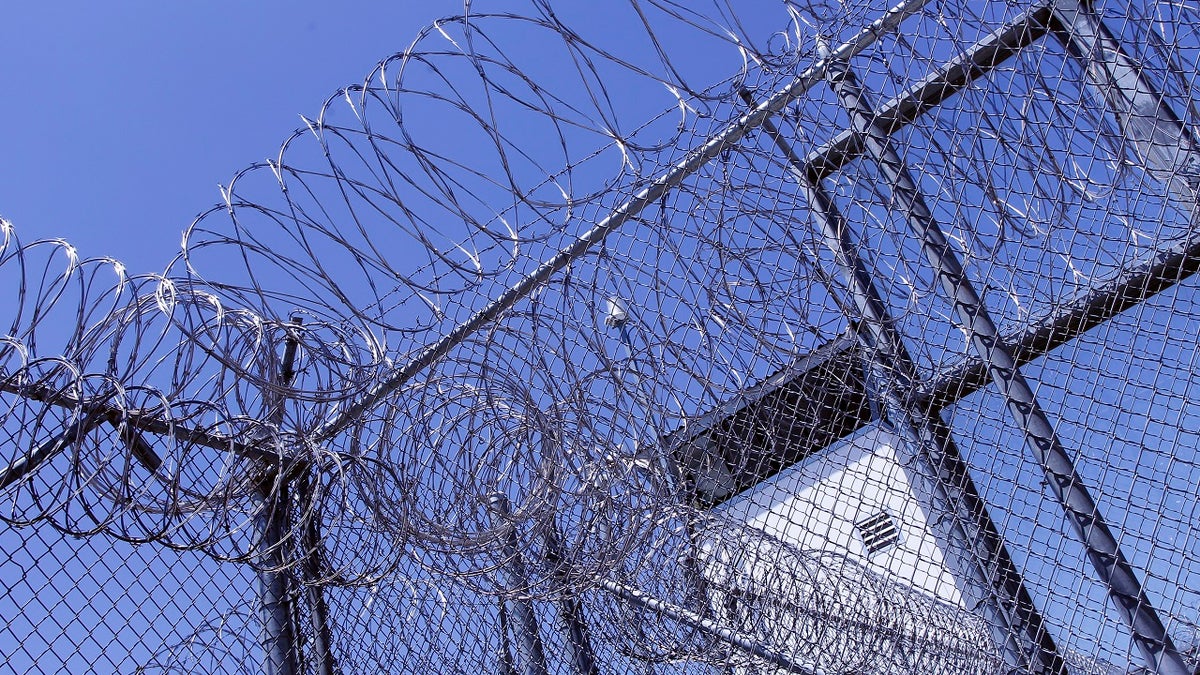
FILE (REUTERS/Lucy Nicholson)
How big is our nation’s prison problem?
Let’s look at the numbers. One in 31 adults in the United States is either behind bars, on parole, or on probation. Since the 1980s, when Congress implemented mandatory minimum sentences for drug offenders, the federal prison population in the United States skyrocketed from 24,000 to over 183,000 federal inmates today.
The process is even worse on the local level. For example, in 2018, there were more than 1.31 million state prisoners. With these staggering statistics, it is not shocking that over the course of a 33-year period, state and local spending on corrections saw an increase of 324 percent by 2012 – three times the amount of growth for education spending.
This data is hard to ignore, which is why President Trump, along with Republicans and Democrats in Congress are making prison reform a priority.
On April 18 a bipartisan group of prison reform advocates, including Jared Kushner, Van Jones, and Grover Norquist, joined the American Conservative Union, and other groups for a lobby day on Capitol Hill. Their goal is to push Congress to pass the Prison Reform and Redemption Act (H.R. 3356). The bill, sponsored by Representative Doug Collins, R-Georgia, and backed by Representative Hakeem Jeffries, D-N.Y., is a bipartisan attempt to reduce recidivism rates for soon-to-be released inmates.
The legislation would require the Bureau of Prisons (BOP) to create and implement risk assessment tools and recidivism reduction plans for each inmate and would require the BOP to create rehabilitative programs with the collaboration of groups, such as nonprofits, faith, or community based organizations. These programs would include job training, workforce development, and – importantly – opioid and heroin treatment plans.
Another portion of this bill would give eligible, nonviolent criminals the opportunity to earn time credits to be applied toward their sentences as a result of their successful participation. The goal is to give inmates the tools they need to succeed when they leave prison, so they don’t end up returning.
These measures would help reduce prison populations, make our communities safer, and boost the economy as more able-bodied people leave prison and find work.
Prison reform is one of our nation’s most pressing issues, yet with the media’s insatiable desire to report on anything other than substance, it should come as no surprise that many Americans are unaware of this proposed bipartisan legislation. Likewise, the White House’s support of measures that enact reforms to reduce recidivism rates has gone largely unreported.
While President Trump and Attorney General Jeff Sessions are steadfast in their commitment to remain tough on crime, they also recognize the benefits of implementing programs that prepare inmates to re-enter society. In fact, during a meeting on prison reform at the White House on January 11, President Trump said, “Two thirds of the 650,000 people released from prison each year are arrested again within three years. We can help break this vicious cycle through job training… mentoring, and drug addiction treatment.”
Passing the Collins-Jeffries Prison Reform and Redemption Act is the perfect opportunity for Republicans to show leadership and focus on a bipartisan issue that affects many Americans across the country.
According to a 2010 report by The Pew Charitable Trusts, one out of every 28 children in America has at least one parent incarcerated. At the same time 25 percent of U.S. prisoners are nonviolent drug offenders. Many of these people need treatment for their addictions – not jail time.
It is time for a change within state and federal correction systems. Jared Kushner may have conveyed it best in his recent interview with ABC, in which he said, “The Administration wants to assist long-time prison reform advocates with their initiative to create a prison system that will rehabilitate citizens who have made mistakes, paid the price, and are deserving of a second chance…”
Even those who are unmoved by the humanitarian need for prison reform should be able to see the fiscal sense it makes. On average, it costs taxpayers, $31,977.65 per year to incarcerate each federal inmate.
Preventing released inmates from returning to prison will ultimately reduce the cost of the federal prison system dramatically. Perhaps this money can be used to start chipping away at our $21 trillion national debt.
Audrey Bird is the marketing director and project coordinator for Gingrich Productions.



















